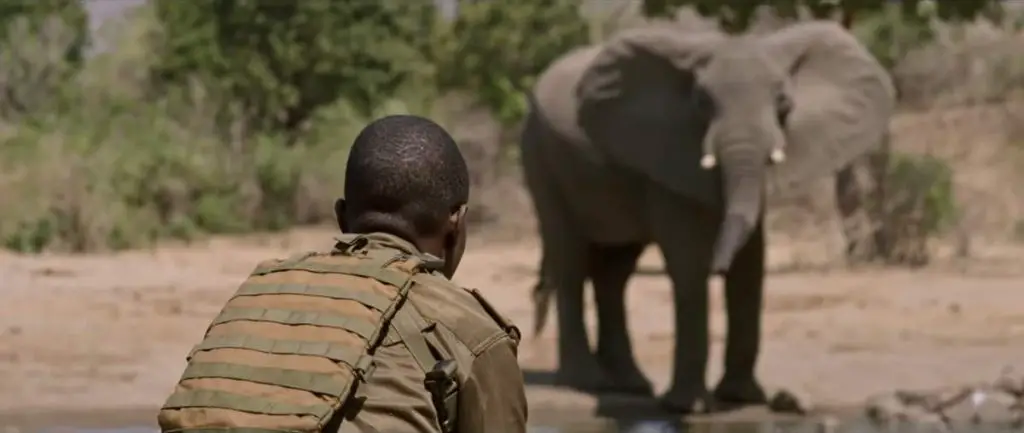Ever wanted to speak “Elephant”, or to understand these amazing, beautiful animals? Thanks to a new web-based translator developed by the David Sheldrick Wildlife Trust and ElephantVoices, now you can! “H
Using the “Hello in Elephant” website, you can translate your voice, or a text, or an emoji into elephant language.
“Hello in Elephant” is a project to raise awareness and drive donations for African Elephants. According to the website, After decades of research into the ways elephants communicate and behave, we’re beginning to understand their language.
The motto of the website is “The elephant language is endangered. Use it to save their species”.
You can also consider donating.

African elephants are elephants of the genus Loxodonta. The genus consists of two extant species: the African bush elephant, L.
One species of the African elephant, the bush elephant, is the largest living terrestrial animal, while the forest elephant is the third-largest (after the Asian elephant, Elephas maximus).

Related: 20 Amazing Elephant Facts
The elephant language is endangered
Elephants are endangered animals. Their IUCN (International Union for Conservation of Nature) status is “vulnerable”. During the 20th century, poaching significantly reduced their population.
According to the international non-governmental organization World Wide Fund for Nature, as early as 1930, around 10 million wild elephants roamed huge swaths of the African continent.
Between 1980 and 1990 the population of African elephants was more than halved, from 1.3 million to around 600,000. Between 1973 and 1989, the African elephant population of Kenya declined by 85%. In Chad, the population declined from 400,000 in 1970 to about 10,000 in 2006.
The population in the Tanzanian Selous Game Reserve, once the largest of any reserve in the world, dropped from 109,000 in 1976 to 13,000 in 2013. The government of Tanzania estimated that more than 85,000 elephants were lost to poaching in Tanzania between 2009 and 2014, representing a 60% loss.
In 2016, the IUCN reported that Africa’s elephant population had seen its worst decline in 25 years, mostly as the result of intensified poaching for ivory. In East Africa, elephant populations have nearly halved in a decade. Botswana is currently home to more elephants than any other African country, and southern Africa remains a stronghold for 293,000, or 70%, of the estimated remaining African elephants.
Today, there are just 415,000 elephants across Africa. While elephant poaching is trending downward, with significant declines in East Africa, poaching continues to steer the species dangerously nearer to extinction.

Related: Akashinga “The Brave Ones” Trailer
Sources
- African Elephant on Wikipedia
- The status of African elephants on the
World Wild Fund for Nature website
- Space Shuttle Endeavour’s Touchdown Meets Columbia’s Salute [An amazing photo from the past] - February 29, 2024
- Moon Landings: All-Time List [1966-2024] - February 23, 2024
- From Orbit to Ordinary: 10 Earthly Applications of Space Technology - January 23, 2024
